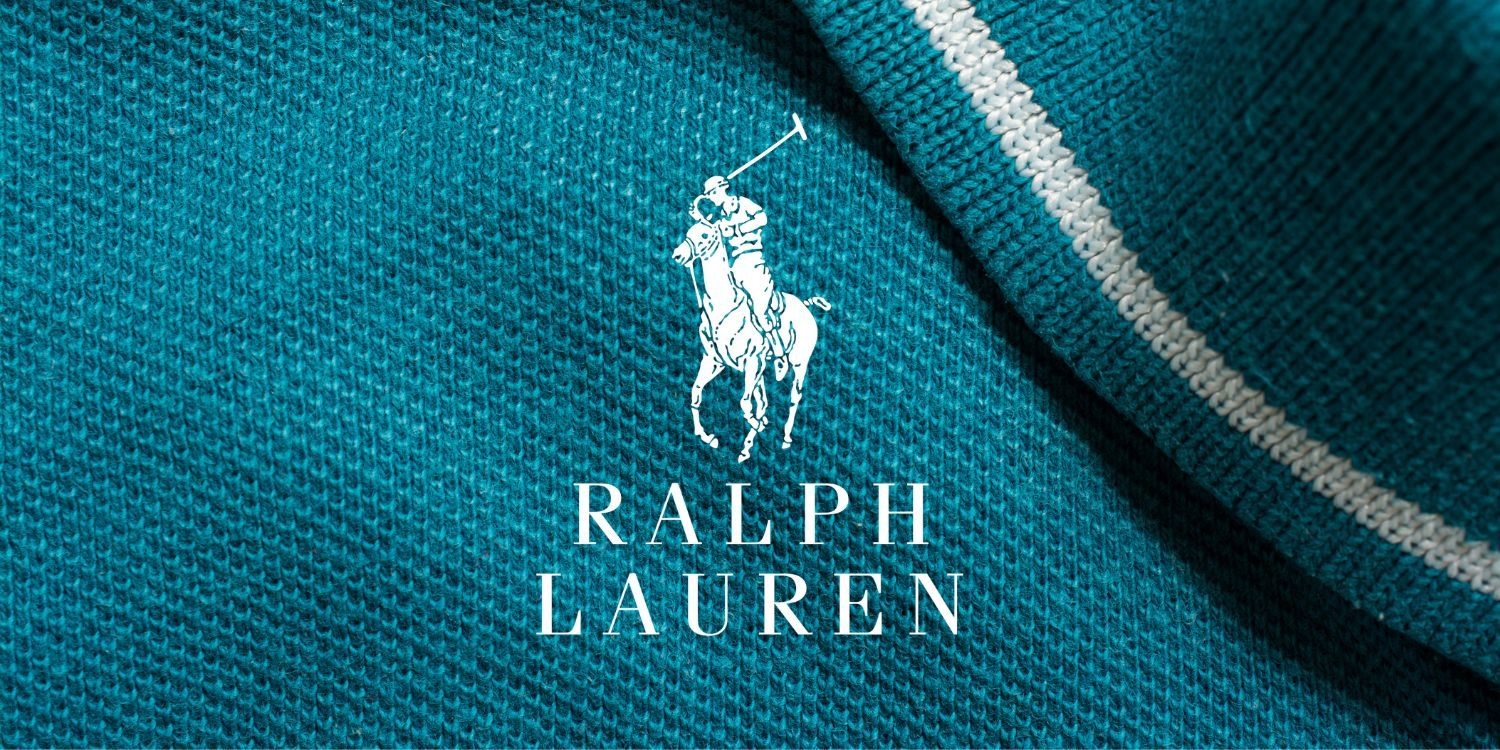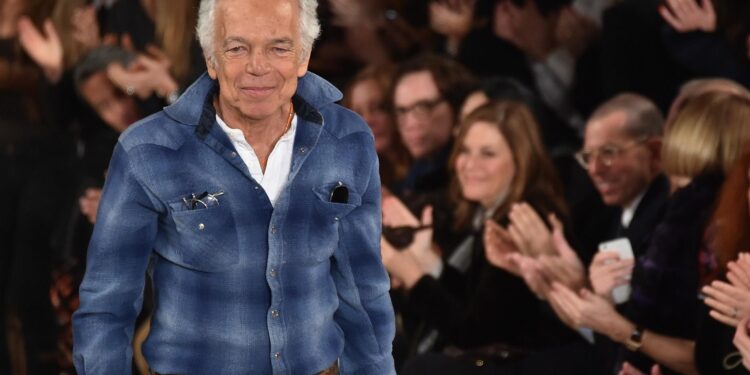Ralph Lauren, listed under RL.N, has projected modest yearly sales and revealed that it is considering raising prices, following increased pressure on consumer spending and profit margins due to heavy tariffs introduced under the Trump administration.
Though facing tariff-related challenges, the company still managed to exceed Wall Street’s expectations for its fourth-quarter revenue and profit. A boost in advertising and focused investments in collections like Polo and Purple Label played a part in this performance, leading to a 2% rise in share value during early trading.

During a call held after the earnings were released, Chief Executive Officer Patrice Louvet mentioned that the company is evaluating more price adjustments for the full 2025 fiscal year as well as for spring 2026.
He added that these possible price increases would build on those already planned for North America and Asia in 2025.
Outlook for Fiscal 2026 and Economic Pressures
Looking ahead to fiscal 2026, Ralph Lauren predicts a slight year-over-year growth in revenue, which takes into account the effects of inflation, tariffs, and restrained consumer spending. Market analysts, based on data gathered by LSEG, estimate a growth rate of around 4.39%.
According to eMarketer’s analyst Sky Canaves, the forecast has become less optimistic. He pointed out that weaker consumer confidence and continued trade and geopolitical tension could reduce the appeal of iconic American brands like Ralph Lauren in international markets.
Retailers Adjusting to Tariff Impact
Ralph Lauren is not alone in facing difficulties brought on by sudden changes in U.S. tariff policies, which have unsettled businesses and buyers across the globe. Other fashion retailers and luxury brands have also been impacted.
To reduce risks tied to tariffs, the company is expanding its supply network across different regions. Chief Financial Officer Justin Picicci spoke about these efforts during the post-earnings discussion.
Supply Chain and Global Distribution Strategy
The company shared that about 96% of its products in fiscal 2025 came from outside the United States. Of that total, only 12% were sourced from China. Additionally, just a small portion of products brought from China into the U.S. fell within the single-digit range.
After North America and Europe, China remains one of Ralph Lauren’s most important markets for selling its merchandise.
Although Washington and Beijing agreed to a temporary 90-day pause in trade tensions, which reduced U.S. tariffs on Chinese goods from 145% to 30%, industry watchers believe that relief for China’s export-heavy economy might be short-lived.
Impact on Margins and Quarterly Results
The company added that it expects its profit margins to feel more pressure in the second half of the year due to the tariffs.
Ralph Lauren reported revenue of $1.70 billion for the quarter that ended on March 29, which surpassed the $1.65 billion analysts had forecast. The company also beat expectations on adjusted earnings per share, posting $2.27 against the projected $2.


















